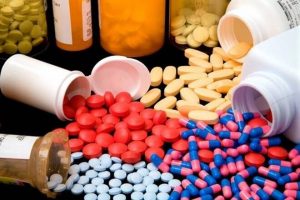N-Nitrosodimethylamine:

Drug regulator DCGI has asked drug controllers of all States and Union Territories to direct manufacturers under their jurisdiction to monitor the presence of a potentially carcinogenic chemical — N-Nitrosodimethylamine — in antacid Ranitidine.
- It is a volatile organic chemical that occurs widely in the environment due to its ready formation from commonly found precursors.
- It is classified as a probable human carcinogen (a substance that could cause cancer) on the basis of animal studies.
- NDMA are formed when a secondary or tertiary amine reacts with a nitrite ion under acidic conditions.
- Features of N-Nitrosodimethylamine
- It is a yellow, odourless liquid chemical once used to make rocket fuel.
- It is also a byproduct of several manufacturing processes and water chlorination.
- NDMA breaks down when sunlight hits it.
- Normally, people are exposed to small amounts of NDMA in the environment and through food and water.
- Chemicals found in food and water, such as nitrosamines or alkylamines, can turn into NDMA in the stomach.
- NDMA is also created when food or drink is processed. Foods such as cured meats (particularly bacon), beer, fish, cheese and even vegetables may contain NDMA.
- Some people may have had exposure to NDMA through the use of contaminated medications




